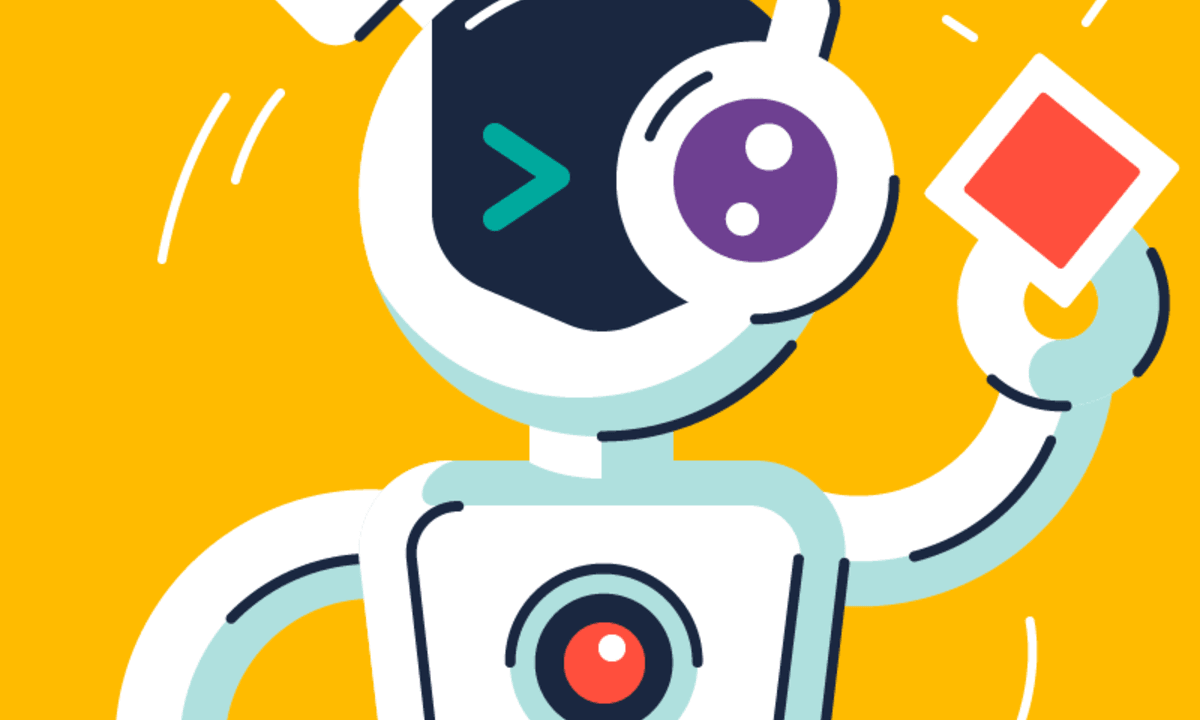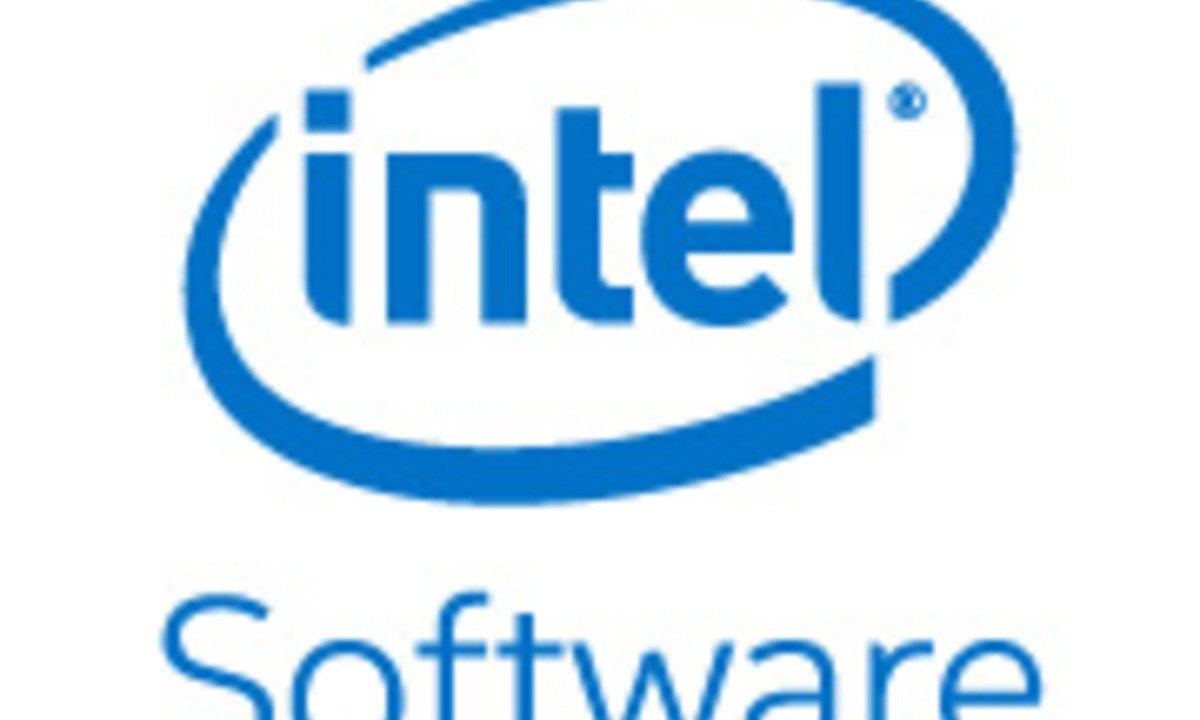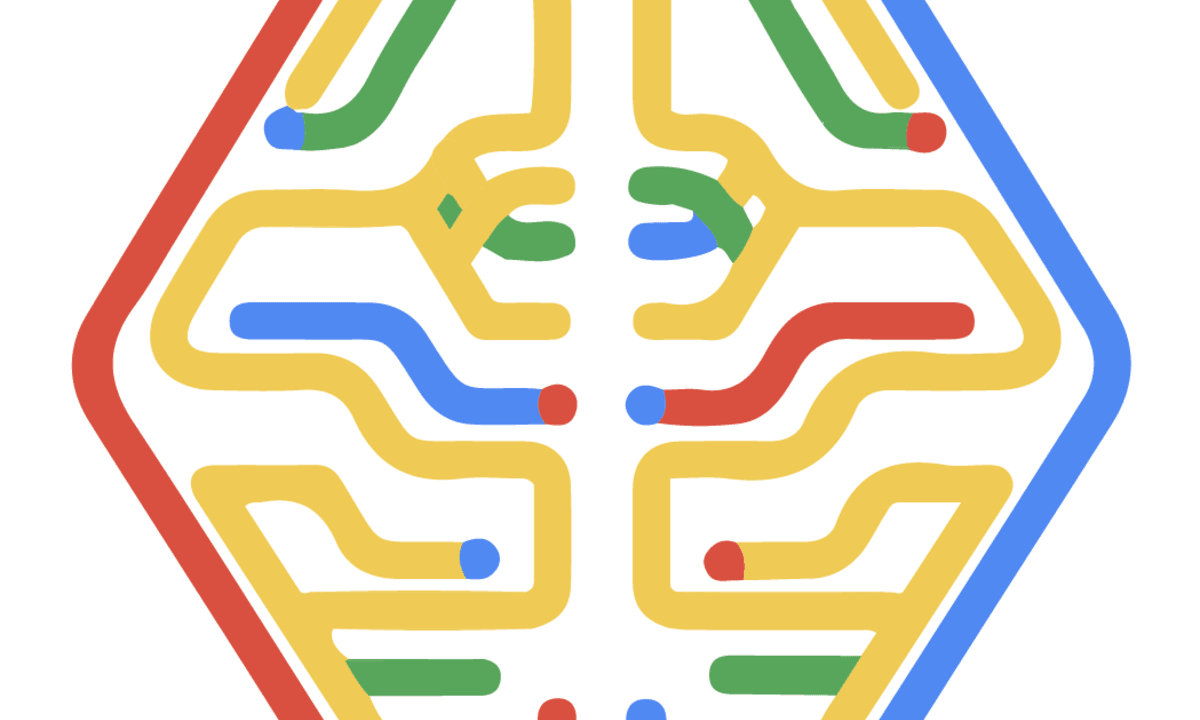GRATIS
Explainable deep learning models for healthcare - CDSS 3
Acerca de este curso
- Interpretable vs Explainable Machine Learning Models in Healthcare
- Deep learning models are complex and it is difficult to understand their decisions. Explainability methods aim to shed light to the deep learning decisions and enhance trust, avoid mistakes and ensure ethical use of AI. Explanations can be categorised as global, local, model-agnostic and model-specific. Permutation feature importance is a global, model agnostic explainabillity method that provide information with relation to which input variables are more related to the output.
- Local Explainability Methods for Deep Learning Models
- Local explainability methods provide explanations on how the model reach a specific decision. LIME approximates the model locally with a simpler, interpretable model. SHAP expands on this and it is also designed to address multi-collinearity of the input features. Both LIME and SHAP are local, model-agnostic explanations. On the other hand, CAM is a class-discriminative visualisation techniques, specifically designed to provide local explanations in deep neural networks.
- Gradient-weighted Class Activation Mapping and Integrated Gradients
- GRAD-CAM is an extension of CAM, which aims to a broader application of the architecture in deep neural networks. Although, it is one of the most popular methods in explaining deep neural network decisions, it violates key axiomatic properties, such as sensitivity and completeness. Integrated gradients is an axiomatic attribution method that aims to cover this gap.
- Attention mechanisms in Deep Learning
- Attention in deep neural networks mimics human attention that allocates computational resources to a small range of sensory input in order to process specific information with limited processing power. In this week, we discuss how to incorporate attention in Recurrent Neural Networks and autoencoders. Furthermore, we visualise attention weights in order to provide a form of inherent explanation for the decision making process.
Cursos relacionados

GRATIS Aprendiendo a aprender: Poderosas herramientas mentales…
Deep teaching solutions
Español

GRATIS Programación para todos (Introducción a Python)
University of Michigan
Inglés

GRATIS The Science of Well-Being
Yale
Inglés

GRATIS Negociación exitosa: Estrategias y habilidades esenciales
University of Michigan
Inglés

GRATIS Primeros Auxilios Psicológicos (PAP)
Universitat Autónoma de Barcelona
Español



